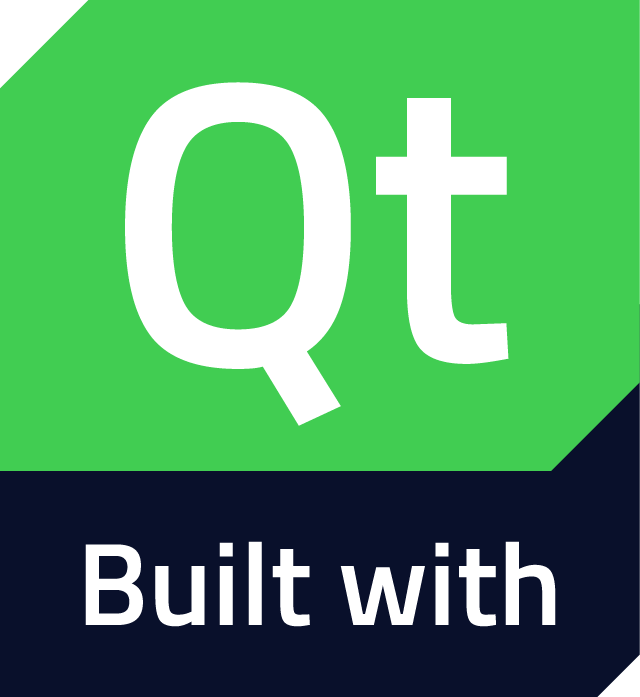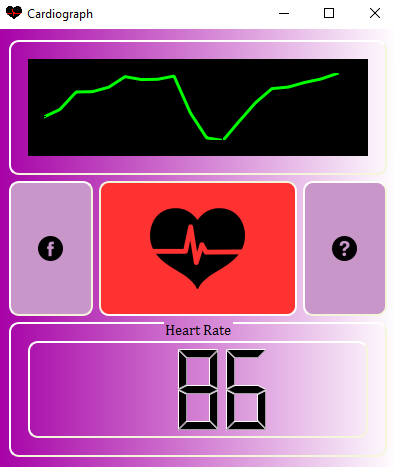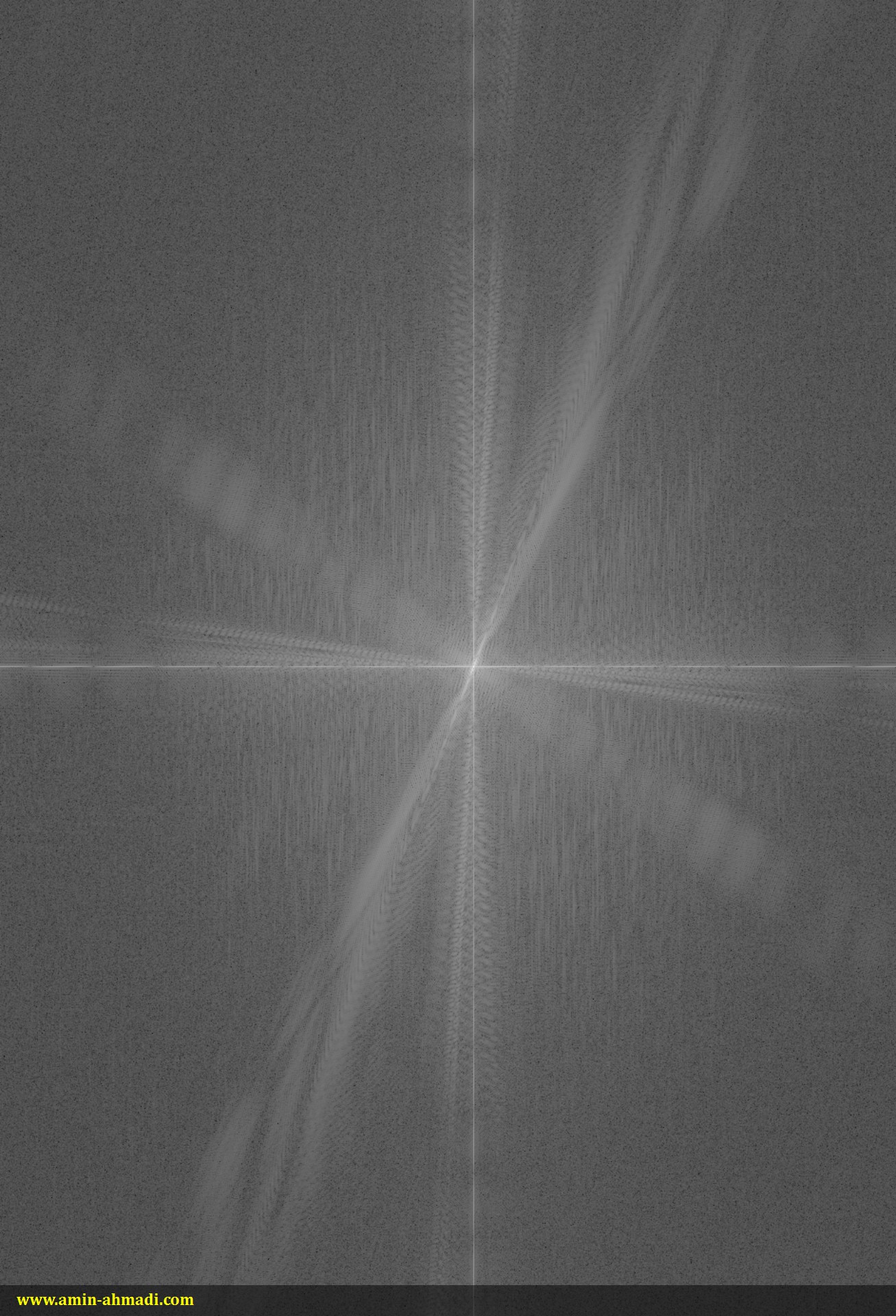The best solution for this would be to go through standard C++ and it means this:
Let’s say you have a QString, like this:
QString s = "www.amin-ahmadi.com";First convert it to std::string and then use its c_str method, like this:
s.toStdString().c_str()






